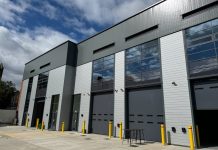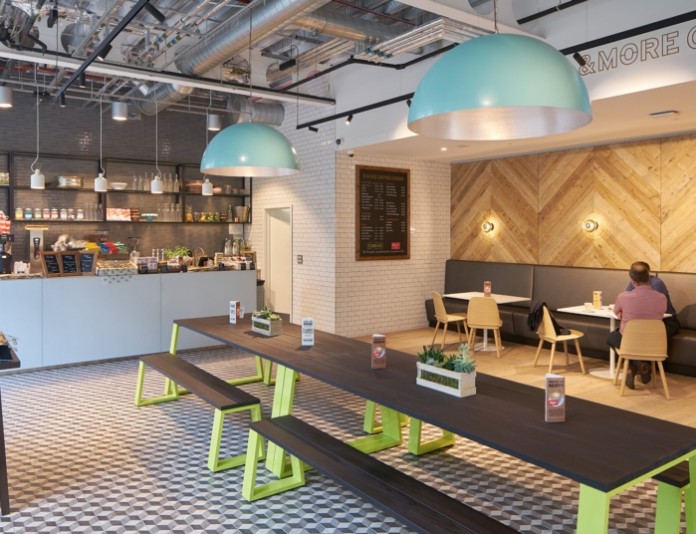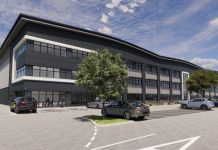With the recent news that WeWork is opening its first regional office in the UK and the unrelenting march of workspace providers in London, it is pertinent to note that change is coming to the workplace, as advancing technology and data driven insights now fuel new ways of working.
Both landlords and their property will have to adapt as workplaces designed on today’s needs and assumptions could be redundant in little more than a decade, according to Kelvin Craddock, a director in JLL’s office agency team in Birmingham. Identifying the needs of occupiers now, and catering for them, is essential for the long term success of office buildings.
In the Midlands, the shift in workspace trends is already tangible with Alpha Works, a flexible work space and co-working provider, experiencing high occupancy levels upon opening their recent centre in Birmingham – so much so, that they are now looking to expand their offering in the city.
Craddock says: “Technology and organisational changes are dramatically transforming occupier requirements. Meeting tenants’ needs for connected buildings is increasingly important given how closely linked the worlds of business and technology have now become.
“Conversely, leading landlords and developers are already identifying ways to use emerging technology, and are ensuring that their buildings cater for the demands of the modern and ever-changing occupier.”
Future-proofing in the Midlands is already here: Ashby Capital’s Colmore Building invested in theirs and their occupier’s futures, becoming the first in Birmingham to be Wired Certified Platinum, marking its technology infrastructure as amongst the best in the UK.
In a world that is constantly evolving, being alert to change is vital. By 2030 it is expected around 30 percent of investment portfolios will comprise flexible space as companies attempt to scale their portfolios in response to increasing numbers of contingent and autonomous workers, according to the latest research from JLL.
Ben Kelly, director in JLL’s Birmingham-based Capital Markets team, says: “ Investors are already zeroing in on assets that have a competitive technological and sustainable edge, including smart systems and in built flexibility to accommodate future technological enhancements.
“The investment market is aligned to the occupier market and investors will always look to buy asset classes that draw in blue-chip occupiers with the latest facilities. Whatever occupiers want, investors will target. Therefore, future-proofing offices is just as much about making them attractive to investors as occupiers.”
So how can firms take steps today to put them in a better position tomorrow?
Review facilities
Workplaces will need to be more modular and suitable for cost effective redesign while accelerator, incubator and innovation spaces will be a core component of real estate and innovation strategy.
In addition, as companies become more dependent on the speed and resilience of communication networks, optimal connectivity will become a key competitive advantage.
Drab, airless offices aren’t good for anyone. Better design, can help improve air-quality, make the most of natural light and create active workplaces.
Technology-focused workspace
Emerging technologies like virtual reality will begin to enter some of the more leading-edge workspaces, while the number of devices connected to the internet is predicted to surge to 20 billion. Over the coming decade advances in computing power and artificial intelligence will transform how people work.
Data Drivers
Sensors and smart systems are already appearing in many offices to measure how buildings are used. In the coming years these will enter the workplace at a rapid rate to not only improve the operational efficiency of buildings, but also generate huge volumes of data on workplaces and the people who use them. This data will lead the design of physical space, empowering occupiers to align the configuration of their spaces with business outcomes.
Create an experience led workplace
User experience will become an increasingly crucial factor in the workplace design. Offices with generous food and beverage provisions, kitted out with gyms, games and recreation spaces are becoming increasingly common as firms compete for top talent.





















